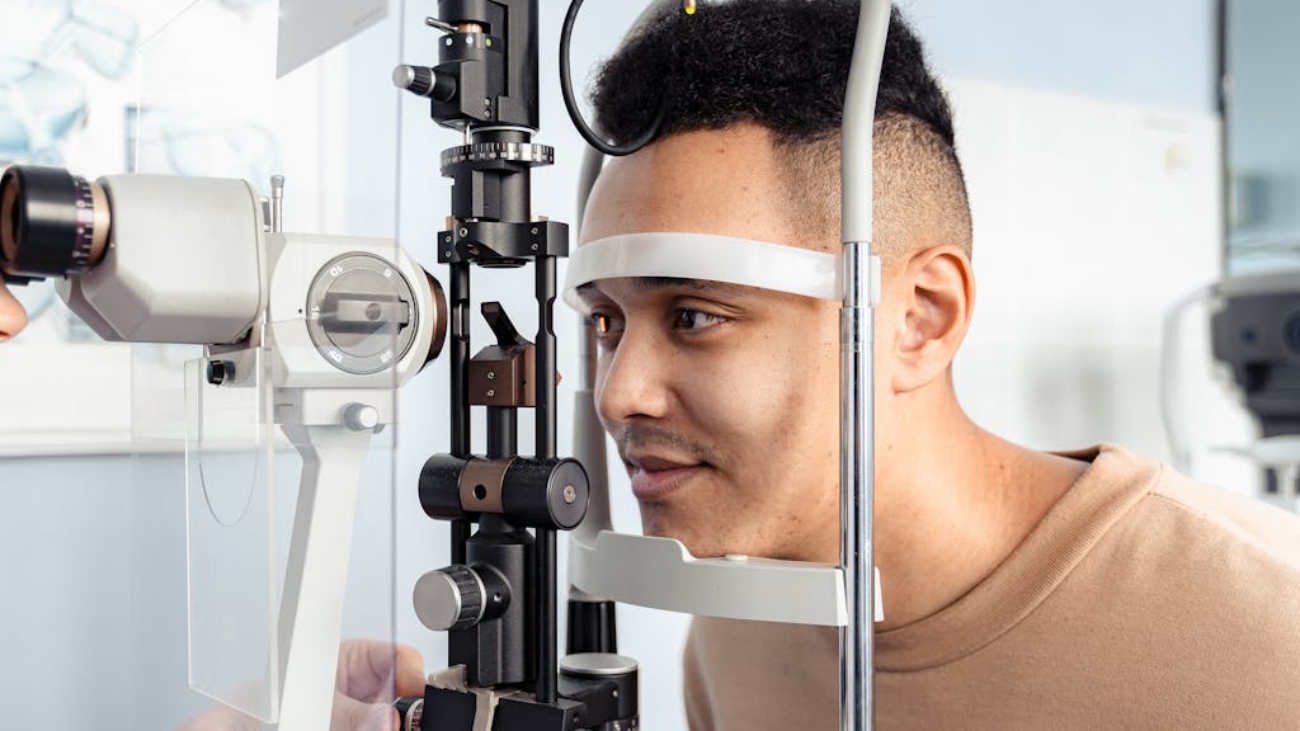Myasthenia Gravis (MG) is an uncommon, long-term autoimmune disease that impacts the muscles and nerve system. The skeletal muscles that control movement become feeble as a result. This weakness can make simple tasks more difficult and may affect different parts of the body. Understanding the common signs of MG can help in early detection and treatment. Here are five key signs linked to Myasthenia Gravis.
Muscle Weakness
Muscle weakness, which gets worse with activity and gets better with rest, is one of the primary signs of myasthenia gravis. It often starts in the eye muscles, causing drooping eyelids or double vision. Over time, the weakness can spread to other parts of the body, such as the arms, legs, and throat, making it difficult to perform everyday tasks.
Drooping Eyelids
A common and early sign of Myasthenia Gravis is ptosis, or drooping of the eyelids. This occurs because the muscles that control the eyelids become weak. People with MG might notice that their eyelids appear heavier, or they may struggle to keep their eyes open for extended periods. In some cases, the drooping can affect vision and make it hard to focus.
Double Vision
Double vision, or diplopia, is another sign of Myasthenia Gravis. The weakness of the eye muscles causes the eyes to be misaligned, leading to blurred or double images. This can happen when looking in any direction, and it may improve or worsen depending on the time of day or level of fatigue.
Difficulty Swallowing and Speaking
As Myasthenia Gravis progresses, it can affect the muscles involved in swallowing and speaking. This can make it difficult to eat or drink, leading to choking or aspiration (food or liquid entering the windpipe). Speaking may become slurred, and a person with MG might sound weak or hoarse when talking. Difficulty swallowing can also increase the risk of aspiration pneumonia.
Shortness of Breath
In more severe cases, Myasthenia Gravis can affect the respiratory muscles, leading to shortness of breath or trouble breathing. This happens because the muscles that control breathing become weak, making it harder to take deep breaths. If the respiratory muscles are significantly affected, it can lead to a condition known as a myasthenic crisis, which requires immediate medical attention.
When to Seek Help
It’s crucial to get medical help if you or someone you know is exhibiting these symptoms. A healthcare professional can perform tests to confirm whether Myasthenia Gravis is the cause. Symptom management and quality of life can be enhanced by early diagnosis and therapy. Although myasthenia gravis is a serious condition, most people can live normal lives if they receive the right care and therapy. Understanding the signs of MG is the first step in getting the help needed to manage this condition effectively.
